Home>Renovation & DIY>Tools & Equipment>What Can I Use In Place Of Sandpaper
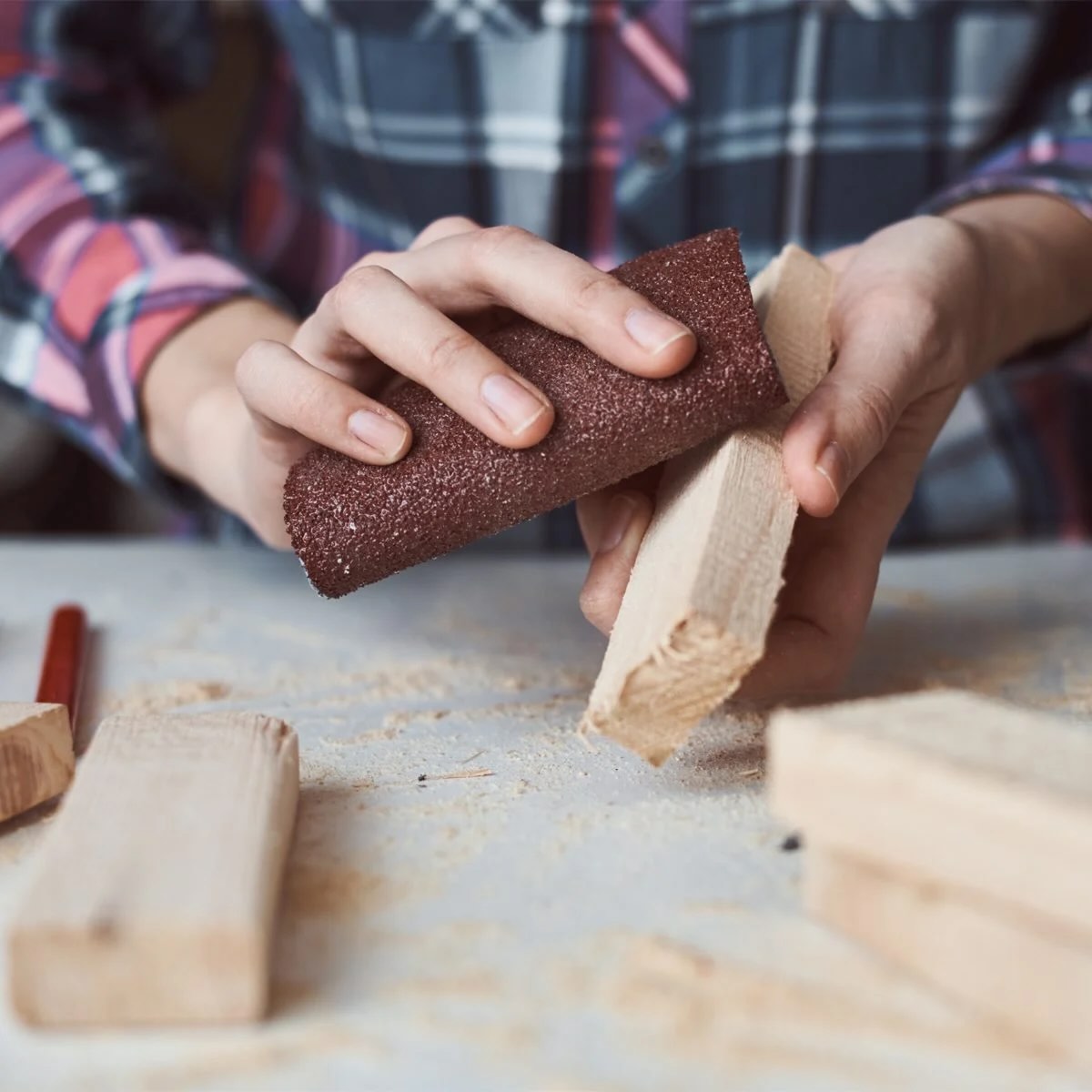

Tools & Equipment
What Can I Use In Place Of Sandpaper
Modified: April 22, 2024
Discover alternative tools and equipment to use in place of sandpaper. Find effective substitutes for your sanding needs. Explore options now!
(Many of the links in this article redirect to a specific reviewed product. Your purchase of these products through affiliate links helps to generate commission for Storables.com, at no extra cost. Learn more)
Introduction
Read more: What Can I Use In Place Of Mustard Seed
Introduction
When it comes to refinishing or smoothing surfaces, sandpaper is often the go-to tool. However, there are instances when sandpaper might not be readily available or suitable for the task at hand. In such situations, it’s essential to know what alternatives can be used to achieve similar results. Whether you’re working on a DIY project or engaging in woodworking, having a range of options at your disposal can make a significant difference.
Exploring substitutes for sandpaper can open up a world of possibilities, allowing you to adapt to various materials and surfaces. From emery cloth and steel wool to sanding sponges and pumice stone, there are numerous alternatives that can effectively smooth, polish, or refine surfaces with precision.
In this comprehensive guide, we’ll delve into various substitutes for sandpaper, exploring their unique characteristics, applications, and the results they can deliver. By understanding these alternatives, you’ll be well-equipped to tackle a diverse array of projects with confidence and creativity.
Key Takeaways:
- Embrace the Versatility: From emery cloth to steel wool, explore a world of sanding alternatives for various materials and projects, enhancing precision and creativity in your endeavors.
- Precision and Finesse: Discover unconventional tools like pumice stone and nail files for delicate sanding tasks, adding a touch of craftsmanship to your projects with control and finesse.
Emery Cloth
Emery cloth is a versatile abrasive material that serves as an excellent alternative to traditional sandpaper. Composed of emery, a naturally occurring mineral with durable abrasive properties, emery cloth is commonly used for metalworking, woodworking, and various DIY projects. Its flexible and durable nature makes it suitable for shaping, smoothing, and polishing a wide range of materials.
One of the primary advantages of emery cloth is its ability to effectively remove rust, corrosion, and surface imperfections from metal surfaces. Whether you’re refinishing old metal furniture or restoring vintage tools, emery cloth can provide the necessary abrasive power to achieve a smooth and polished finish. Additionally, its flexibility allows for easy maneuvering around intricate shapes and contours, making it ideal for detailed work.
Emery cloth is available in various grit levels, allowing users to select the appropriate coarseness for their specific needs. From coarse grits for heavy material removal to finer grits for smoothing and polishing, emery cloth offers a comprehensive range of options to cater to different projects and materials.
When using emery cloth, it’s important to apply consistent pressure and maintain a steady motion to achieve uniform results. Whether hand sanding or using it with a sanding block, emery cloth can deliver impressive precision and control, making it a valuable tool for achieving professional-quality finishes.
Overall, emery cloth stands out as a reliable substitute for sandpaper, particularly in metalworking applications. Its durability, flexibility, and abrasive properties make it a valuable addition to any toolkit, offering a versatile solution for a wide range of sanding and polishing tasks.
Steel Wool
Steel wool is a highly versatile and effective alternative to traditional sandpaper, offering unique properties that make it well-suited for various sanding and polishing tasks. Composed of fine steel fibers spun into a fibrous form, steel wool is renowned for its abrasive nature and ability to smooth, clean, and polish a wide range of surfaces.
One of the primary advantages of steel wool is its adaptability to different materials, including wood, metal, and even glass. This versatility makes it a valuable tool for tasks such as removing paint or varnish, smoothing wood surfaces, and preparing metal for finishing. Whether you’re refinishing furniture, restoring antique hardware, or achieving a smooth finish on woodwork, steel wool can deliver exceptional results.
Steel wool is available in various grades, ranging from coarse to extra fine, allowing users to select the most suitable grade for their specific application. Coarser grades are ideal for heavy-duty tasks such as removing stubborn finishes or rust, while finer grades excel at smoothing and polishing surfaces without causing excessive abrasion.
When using steel wool, it’s important to consider the potential for steel fibers to break off during the sanding process. To prevent these fibers from embedding in the surface being sanded, it’s advisable to use steel wool in conjunction with a lubricant, such as water, oil, or a specialized lubricating solution. This not only enhances the sanding performance but also helps minimize the risk of steel wool particles causing blemishes on the workpiece.
Additionally, steel wool can be used in combination with various cleaning and polishing compounds to achieve a high-gloss finish on metal surfaces, making it a valuable asset for metalwork enthusiasts and craftsmen.
Overall, steel wool stands out as a reliable and versatile substitute for sandpaper, offering exceptional abrasive capabilities and adaptability across different materials. Its effectiveness in removing finishes, smoothing surfaces, and achieving polished results makes it a valuable addition to any toolkit.
Sanding Sponges
Sanding sponges are a unique and versatile alternative to traditional sandpaper, offering a convenient and ergonomic solution for a wide range of sanding and finishing tasks. Composed of a foam or sponge material with an abrasive coating, sanding sponges provide a comfortable and controllable sanding experience, making them particularly well-suited for intricate or detailed work.
One of the primary advantages of sanding sponges is their flexibility and ability to conform to various shapes and contours. This makes them ideal for sanding curved surfaces, rounded edges, and intricate designs where traditional sandpaper or sanding blocks may be less effective. Whether you’re working on woodworking projects, smoothing drywall patches, or refinishing furniture, sanding sponges offer a high level of maneuverability and precision.
Sanding sponges are available in different grit levels, ranging from coarse to fine, allowing users to select the appropriate abrasive strength for their specific needs. This versatility makes them suitable for tasks that require both material removal and fine finishing, providing a comprehensive solution within a single tool.
Another notable feature of sanding sponges is their durability and resistance to tearing, making them long-lasting and cost-effective. Unlike traditional sandpaper, sanding sponges can withstand moderate pressure and repeated use without deteriorating quickly, offering extended usability for various projects.
When using sanding sponges, it’s important to maintain a consistent sanding motion to achieve uniform results. The ergonomic design of sanding sponges allows for comfortable handling and reduced hand fatigue, enabling users to tackle prolonged sanding tasks with greater ease.
Overall, sanding sponges provide a user-friendly and effective alternative to sandpaper, offering exceptional versatility, durability, and maneuverability. Whether you’re a DIY enthusiast, a professional craftsman, or a hobbyist, sanding sponges can enhance the quality and precision of your sanding and finishing endeavors.
Read more: What Is Sandpaper Used For
Pumice Stone
Pumice stone serves as a unique and natural alternative to traditional sandpaper, offering a specialized solution for smoothing and refining various surfaces. Formed from volcanic rock, pumice stone features a porous and abrasive texture that makes it well-suited for applications such as removing calluses, smoothing rough skin, and even sanding certain materials.
One of the primary advantages of pumice stone is its gentle yet effective abrasive properties, making it suitable for delicate tasks that require precision and finesse. While traditional sandpaper may be too harsh for certain materials, pumice stone provides a softer and more controlled approach to smoothing and polishing surfaces.
When used for sanding purposes, pumice stone can be particularly effective for materials such as wood, where a fine and consistent finish is desired. Its natural composition allows for gradual material removal, enabling users to achieve smooth and polished results without causing excessive abrasion or surface damage.
Pumice stone is available in various shapes and sizes, including handheld stones and larger blocks, offering flexibility in addressing different sanding and smoothing needs. Additionally, its lightweight and ergonomic design make it easy to handle and maneuver, enhancing the overall user experience.
When using pumice stone for sanding, it’s important to apply gentle and consistent pressure, allowing the stone’s abrasive texture to gradually refine the surface. This approach helps prevent over-sanding and ensures that the desired smoothness is achieved without compromising the integrity of the material being worked on.
Overall, pumice stone presents a natural and specialized alternative to traditional sandpaper, offering a gentle and controlled approach to sanding and smoothing various materials. Whether you’re engaging in woodworking, crafting, or refinishing projects, pumice stone can provide a unique and effective solution for achieving professional-quality finishes.
You can use a steel wool, sanding sponge, or a wire brush as an alternative to sandpaper. These options can help you achieve a smooth surface or remove old paint or rust.
Wire Brush
A wire brush serves as a robust and effective alternative to traditional sandpaper, offering unique abrasive properties that make it well-suited for a wide range of surface preparation and finishing tasks. Composed of metal bristles, wire brushes are designed to remove rust, paint, and corrosion from metal surfaces, making them an indispensable tool for metalworking, automotive restoration, and various DIY projects.
One of the primary advantages of wire brushes is their ability to aggressively remove surface contaminants and imperfections, preparing metal surfaces for refinishing or welding. Whether you’re restoring old metal fixtures, cleaning welds, or removing scale from metalwork, a wire brush can deliver efficient material removal and surface preparation.
Wire brushes are available in different bristle materials, including steel, brass, and stainless steel, each offering specific properties suited to different applications. For example, steel wire brushes are ideal for heavy-duty rust and paint removal, while brass wire brushes are gentler and suitable for cleaning delicate surfaces without causing damage.
When using a wire brush, it’s important to apply the appropriate pressure and motion to achieve the desired results without compromising the integrity of the underlying material. Additionally, safety precautions, such as wearing protective eyewear and gloves, should be observed to minimize the risk of injury from flying debris or bristle breakage.
While wire brushes are primarily associated with metalworking, they can also be used for certain woodworking tasks, such as distressing wood or removing paint from wooden surfaces. Their aggressive abrasive action and ability to access hard-to-reach areas make them a valuable tool for achieving specific textural or finishing effects.
Overall, wire brushes provide a durable and efficient alternative to traditional sandpaper, offering exceptional material removal and surface preparation capabilities. Whether you’re a professional tradesperson, a hobbyist, or a DIY enthusiast, a wire brush can be a valuable addition to your toolkit, enhancing the quality and efficiency of your surface preparation and finishing endeavors.
Nail File
Surprisingly, a nail file can serve as a practical and readily available alternative to traditional sandpaper for certain light sanding and smoothing tasks. While primarily used for shaping and refining fingernails, a nail file’s abrasive surface can also be utilized for small-scale sanding projects, particularly those involving delicate materials or intricate details.
One of the primary advantages of a nail file as a sanding alternative is its fine and precise abrasive surface, which is well-suited for addressing minor imperfections and achieving subtle refinements. Whether you’re working on small wooden crafts, fine detailing in woodworking, or smoothing surfaces in tight spaces, a nail file can provide the necessary control and precision.
Nail files are available in various grits, offering flexibility in addressing different levels of material removal and smoothing. The finer grits are particularly useful for achieving smooth and polished finishes, making nail files suitable for tasks that require a delicate touch and attention to detail.
When using a nail file for sanding, it’s important to apply gentle and consistent pressure, allowing the file to gradually refine the surface without causing excessive abrasion. This approach helps maintain the integrity of the material being worked on while achieving the desired smoothness and finish.
While a nail file may not be suitable for heavy-duty sanding tasks or large surface areas, its precision and portability make it an ideal tool for addressing small-scale projects and intricate work. Whether you’re a crafter, model maker, or DIY enthusiast, a nail file can offer a convenient and effective solution for achieving professional-quality results in specialized applications.
Overall, a nail file presents an accessible and practical alternative to traditional sandpaper for light sanding and smoothing tasks, particularly those requiring precision and attention to detail. By leveraging the unique properties of a nail file, you can enhance the quality and finesse of your small-scale sanding projects, adding a touch of craftsmanship to your endeavors.
Sanding Blocks
Sanding blocks are a versatile and efficient alternative to traditional sandpaper, offering a convenient and ergonomic solution for a wide range of sanding and smoothing tasks. Composed of a block-shaped base with an abrasive surface, sanding blocks provide stability and even pressure distribution, making them particularly well-suited for flat and contoured surfaces.
One of the primary advantages of sanding blocks is their ability to provide consistent and uniform sanding results, minimizing the risk of uneven or excessive material removal. Whether you’re refinishing furniture, smoothing wooden surfaces, or preparing walls for painting, sanding blocks offer enhanced control and precision, resulting in professional-quality finishes.
Sanding blocks are available with various abrasive materials and grit levels, allowing users to select the most suitable option for their specific application. From coarse grits for material removal to finer grits for smoothing and polishing, sanding blocks offer a comprehensive range of options to cater to different sanding needs.
Another notable feature of sanding blocks is their durability and reusability, making them a cost-effective and long-lasting sanding solution. Unlike traditional sandpaper sheets, sanding blocks can withstand repeated use and moderate pressure without deteriorating quickly, providing extended usability for various projects.
When using sanding blocks, it’s important to maintain a consistent sanding motion and periodically check the block’s abrasive surface for wear. This ensures that the sanding block continues to deliver optimal results and prevents potential surface damage caused by worn or clogged abrasives.
Overall, sanding blocks provide a user-friendly and effective alternative to traditional sandpaper, offering exceptional stability, durability, and precision. Whether you’re a DIY enthusiast, a professional craftsman, or a hobbyist, sanding blocks can enhance the quality and efficiency of your sanding and finishing endeavors, delivering consistent and professional-grade results.
Read more: What Can I Use For Insulation
Conclusion
Exploring alternatives to traditional sandpaper unveils a diverse array of tools and materials that offer unique properties and applications for sanding and smoothing tasks. From emery cloth and steel wool to sanding sponges and pumice stone, each alternative presents distinct advantages and versatility, catering to a wide range of projects and materials.
Emery cloth stands out as a reliable choice for metalworking applications, offering durable abrasive properties and flexibility for shaping and polishing metal surfaces. Its range of grit levels provides versatility for various tasks, making it a valuable addition to any toolkit.
Steel wool emerges as a highly versatile alternative, excelling in tasks such as removing paint, smoothing wood surfaces, and achieving polished results across different materials. Its adaptability and range of grades make it a valuable asset for a diverse set of sanding and finishing needs.
Sanding sponges offer a user-friendly and ergonomic solution for sanding curved surfaces, intricate designs, and detailed work. Their flexibility, durability, and range of grits make them a practical choice for achieving precision and uniform results in various projects.
Pumice stone presents a natural and specialized alternative, offering a gentle and controlled approach to sanding and smoothing surfaces. Its porous and abrasive texture makes it well-suited for delicate tasks and materials that require a softer touch for achieving professional-quality finishes.
Wire brushes provide a robust and efficient alternative, delivering exceptional material removal and surface preparation capabilities for metalworking and woodworking tasks. Their adaptability to different bristle materials and applications make them a valuable tool for achieving specific textural or finishing effects.
Surprisingly, a nail file can serve as a practical and readily available alternative for certain light sanding and smoothing tasks, particularly those involving delicate materials or intricate details. Its precision and fine abrasive surface make it an ideal tool for small-scale projects and specialized applications.
Finally, sanding blocks offer stability, durability, and precision, providing consistent and professional-grade results for a wide range of sanding and smoothing tasks. Their ergonomic design and range of abrasive materials and grit levels make them a versatile and efficient alternative to traditional sandpaper.
By understanding and leveraging these alternatives, individuals can expand their capabilities and enhance the quality of their sanding and finishing endeavors. Whether tackling DIY projects, woodworking tasks, or professional crafts, having a range of sanding alternatives at hand opens up new possibilities for achieving exceptional results with precision and creativity.
Frequently Asked Questions about What Can I Use In Place Of Sandpaper
Was this page helpful?
At Storables.com, we guarantee accurate and reliable information. Our content, validated by Expert Board Contributors, is crafted following stringent Editorial Policies. We're committed to providing you with well-researched, expert-backed insights for all your informational needs.

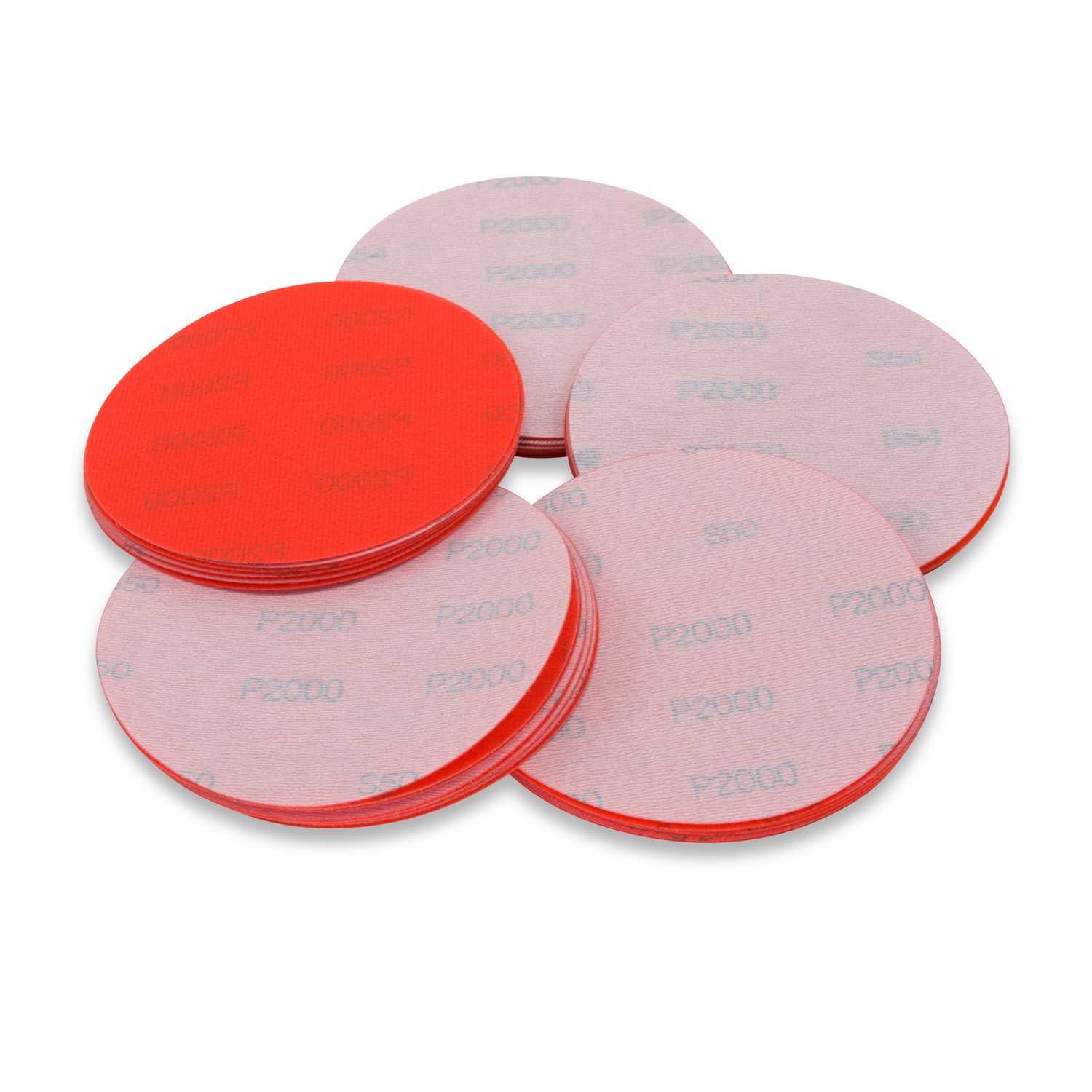

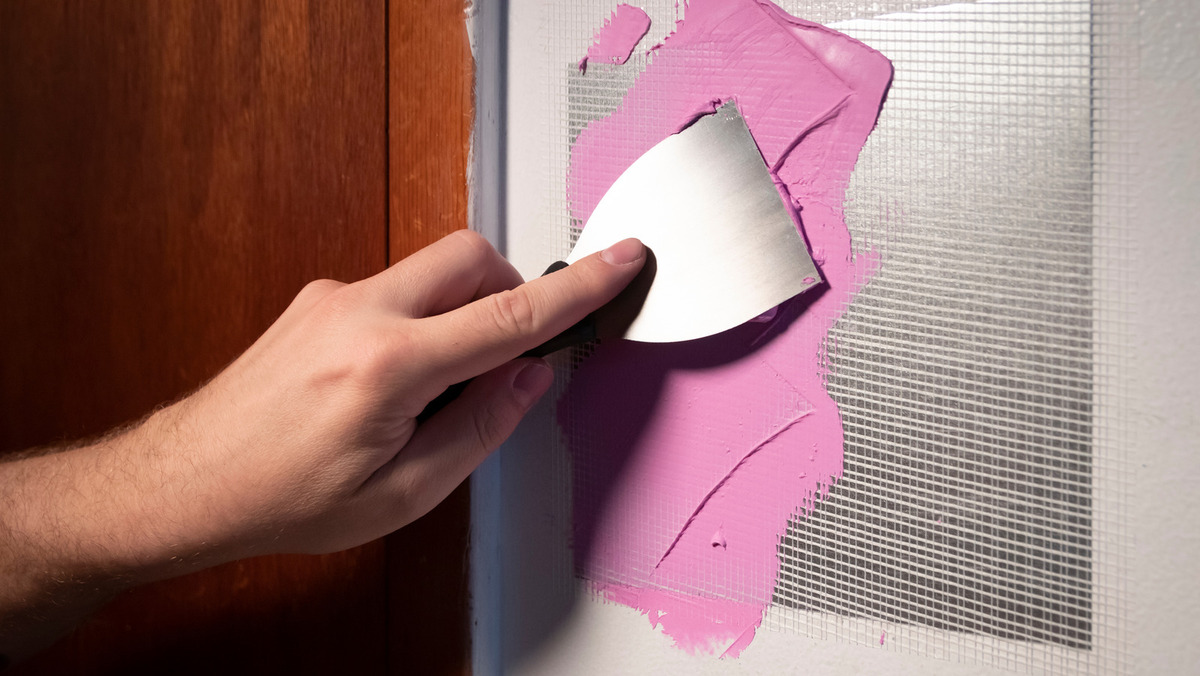

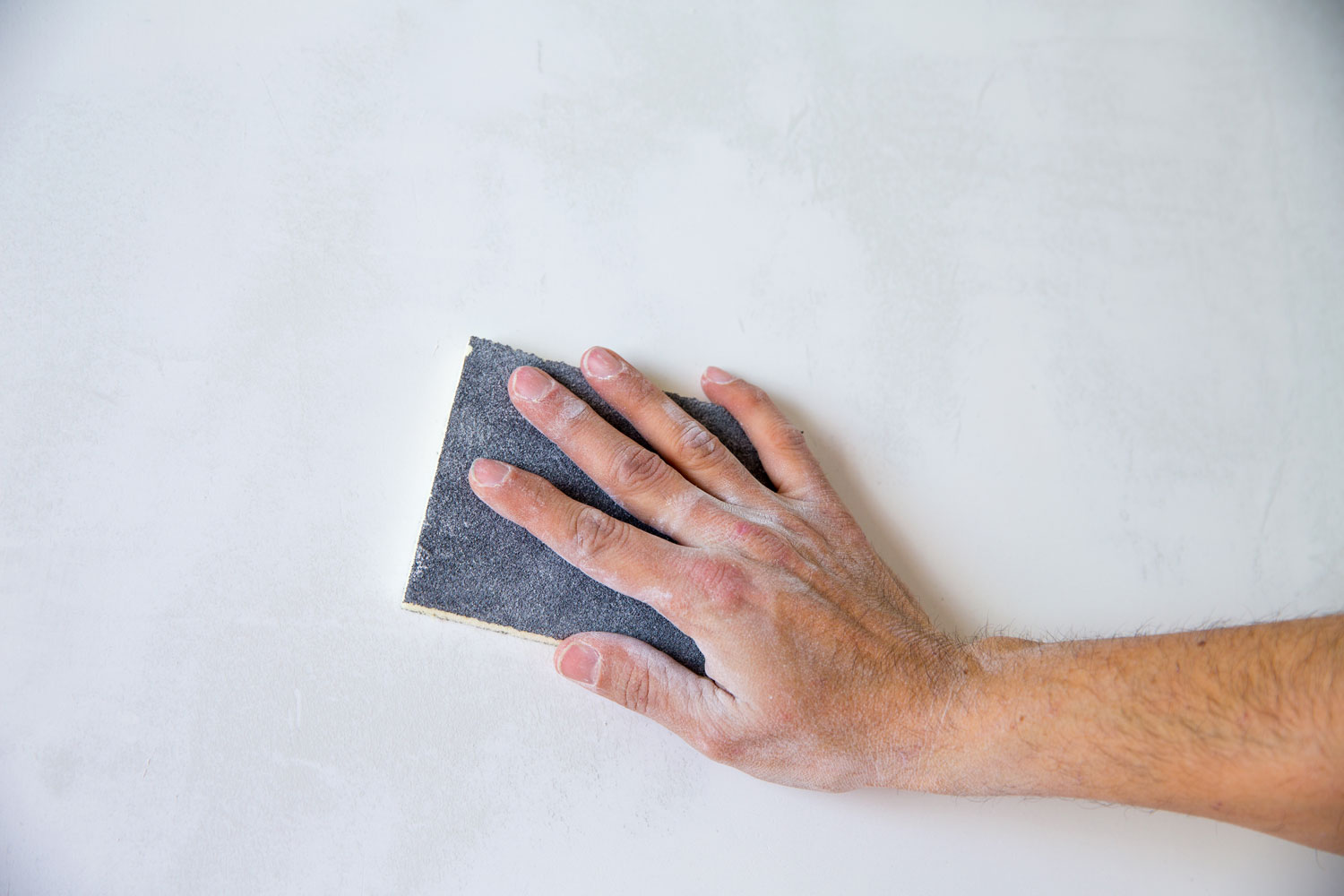


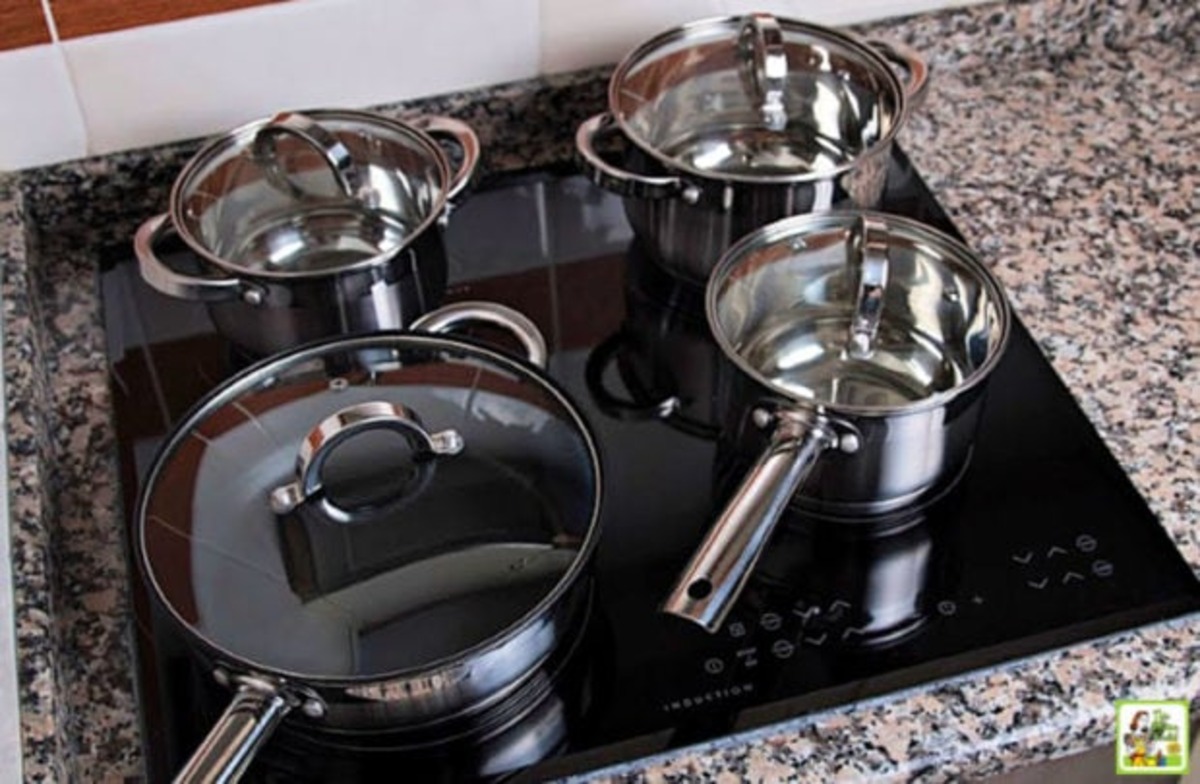

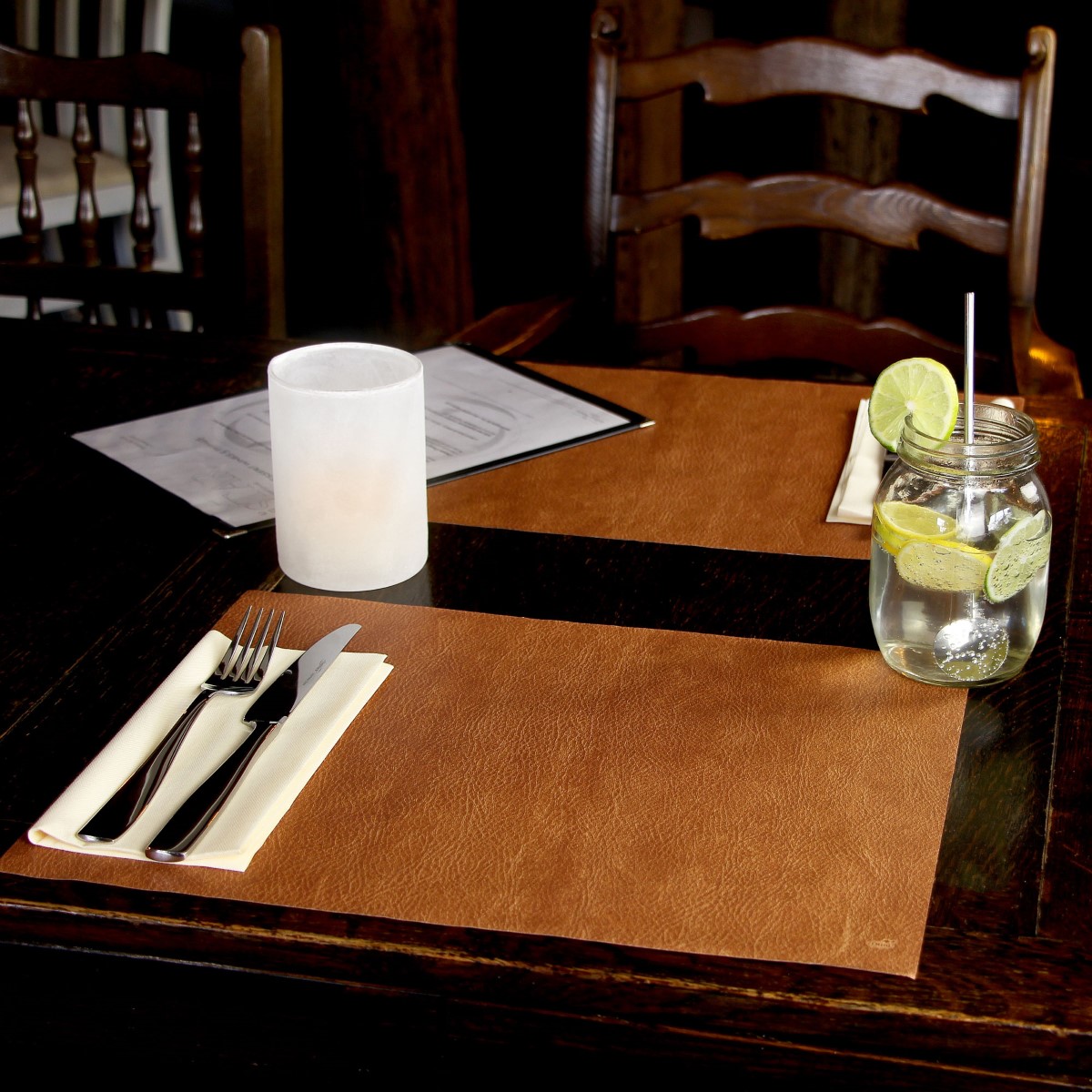
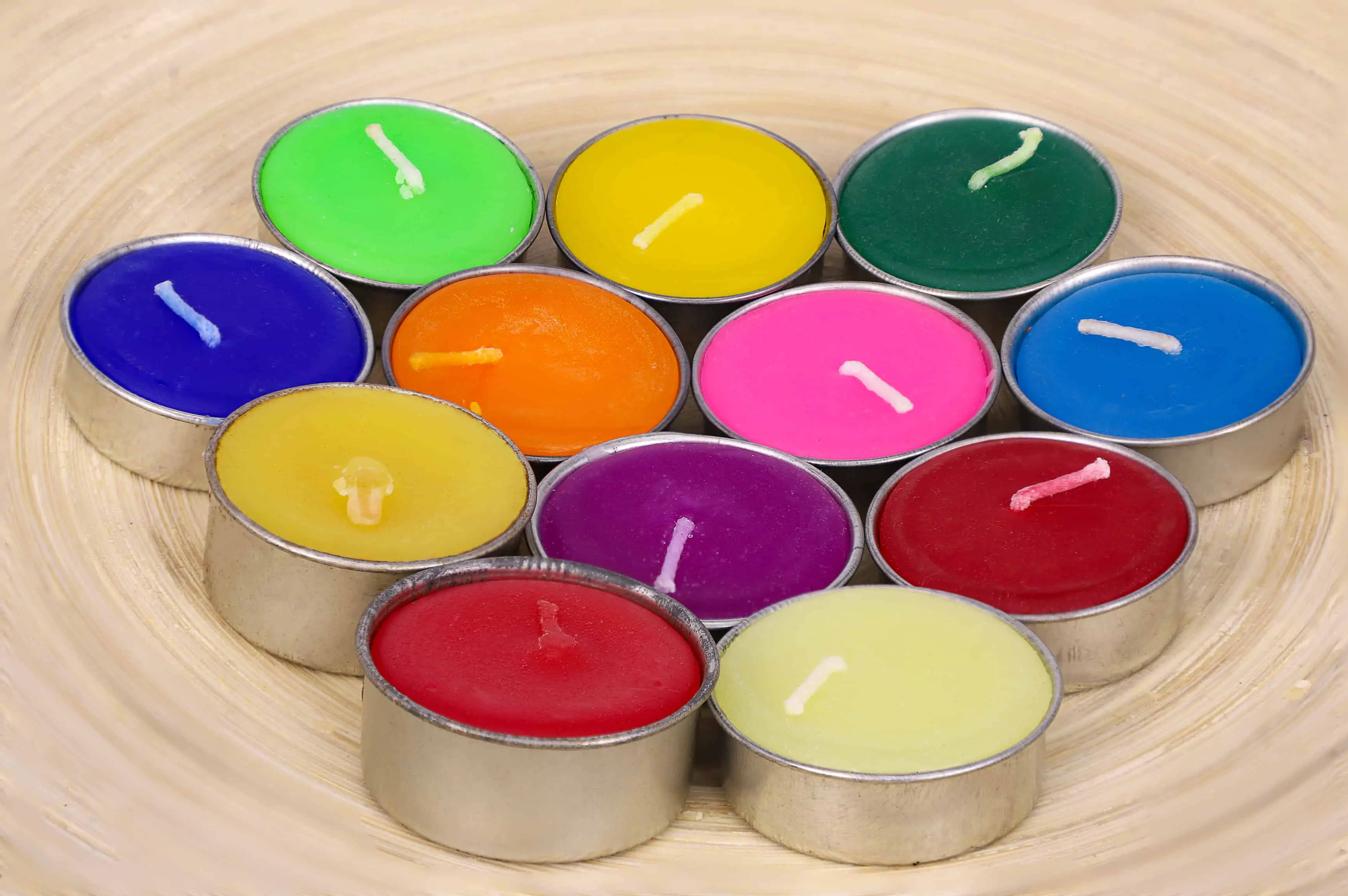
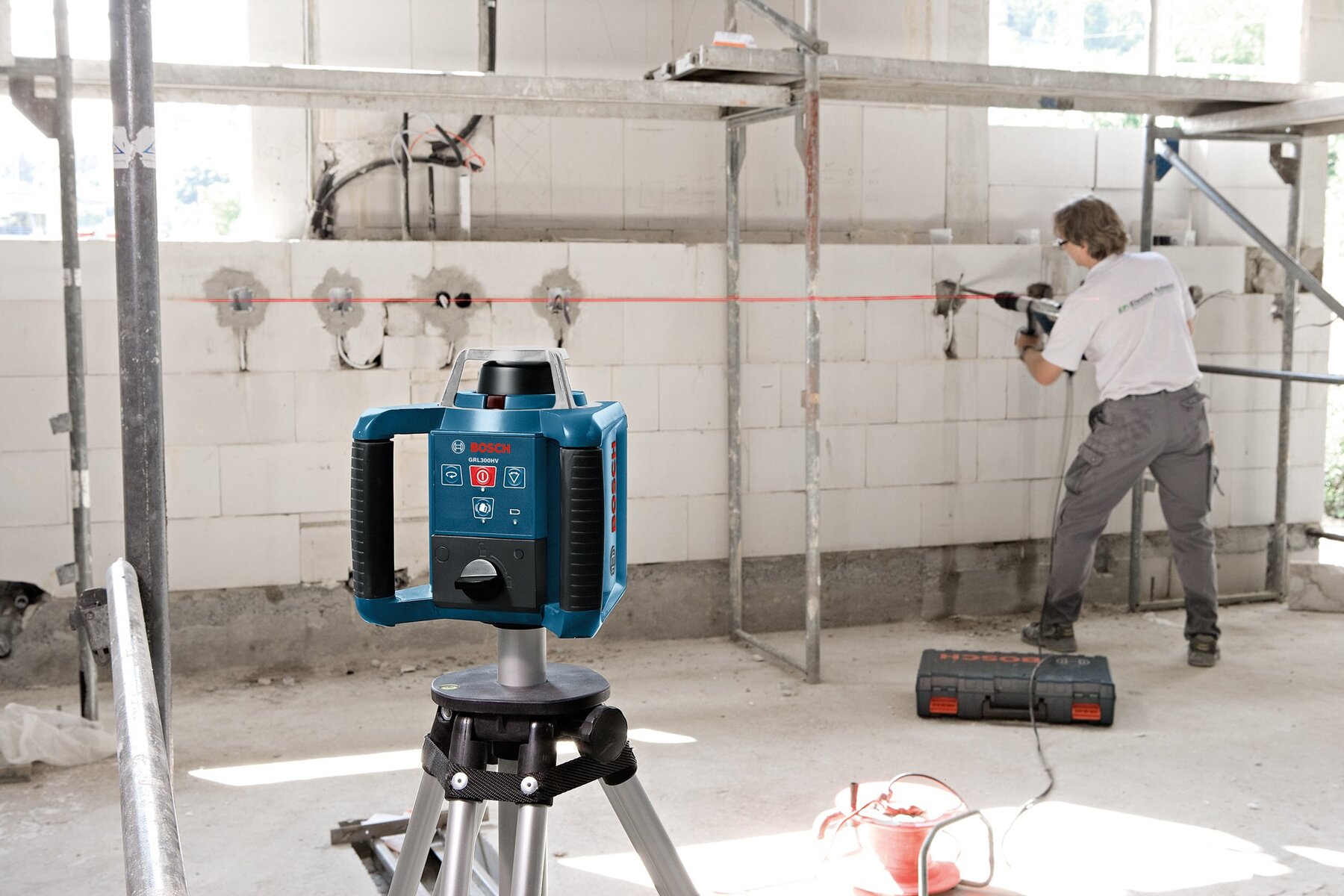

0 thoughts on “What Can I Use In Place Of Sandpaper”